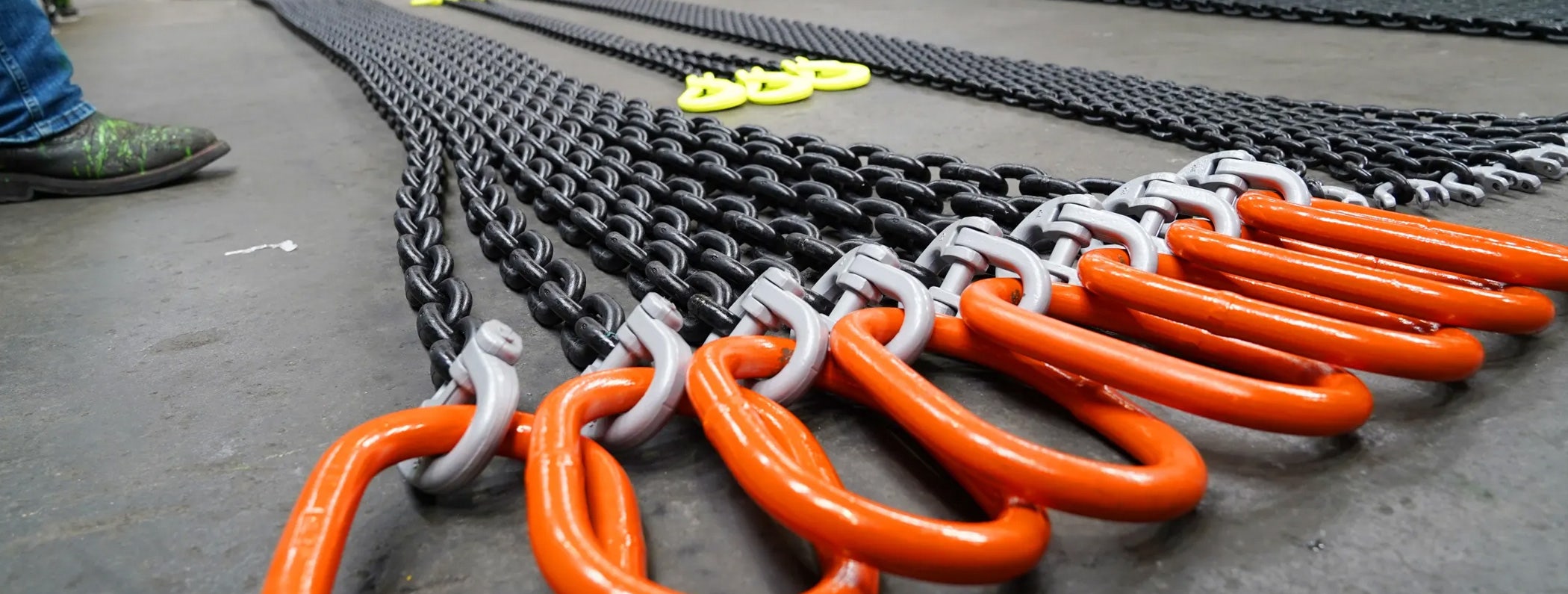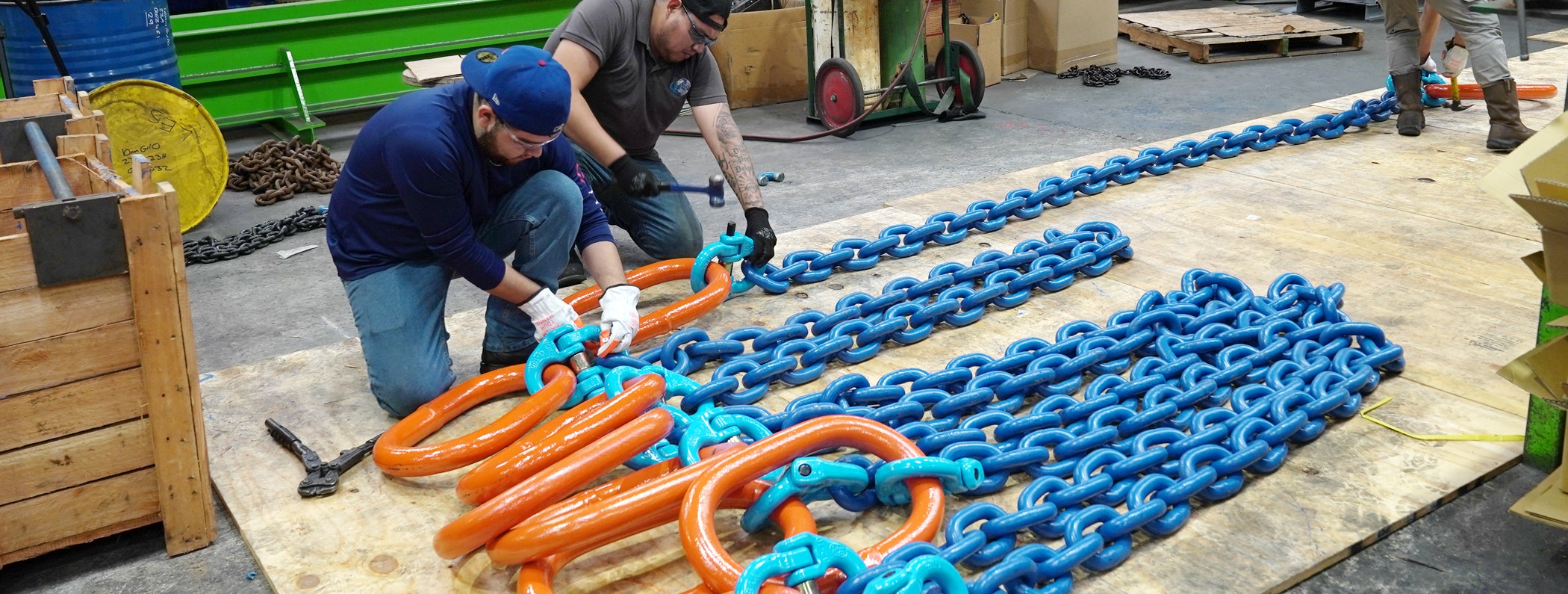Inspection of Rigging Hardware – 4 Things You Need to Keep in Mind
If you are worried about the safety of your rigging operations, you must give importance to the inspection of rigging hardware like spreader bar, wire ropes, slings etc. The maintenance of this rigging equipment is crucial if you want it to perform with full functional efficiency and meet the highest standards of reliability. But, if you don’t give enough importance to the inspection of the equipment you are using as a part of your lifting operations, there is every chance, you won’t be able to identify the wear and tear that your mission critical equipment is suffering from. In such cases, you will be compromising the safety of your lifting tasks, as well as, your workplace.
Inspection as a process must be thorough and must be equipment specific. But there are a few general things you will need to keep in mind while inspecting such equipment. Here are four of them:
1. Visual Inspection
This is also called In-service inspection and must be conducted every time before important equipment like chain slings, wire ropes is used. This involves the person conducting the visually inspecting the equipment, and checking it for wear and tear. Equipment like slings, hooks and even a spreader bar is subject to tremendous external pressure every time itis used. This is why itmust be inspected prior to use, every time. If any damage is noticed, it must immediately be brought to the attention of the concerned person. If the damage is serious and cannot be corrected, that piece of rigging hardware must be discarded immediately; if it can be repaired, it should be repaired before use.
2. Periodic Inspection
This inspection is carried out by a safety inspector who is qualified to conduct detailed inspection of rigging hardware and takes all equipment through anexhaustive process of evaluation to ensure nothing is wrong with this hardware. Such inspection can be conducted every month, or every other month; it is entirely dependent on the owner or manager of the lifting equipment as to when it should be conducted. Some equipment is subject to more wear and tear than its other counterparts, for e.g. chain slings. Therefore the periodic inspection of such equipment must be more frequent as compared to that of others. The owner in conjunction with the master rigger or supervisor must determine an acceptable time frame for such inspections.
3. OSHA Inspections
At times, the Occupational Safety and Health Administration (OSHA), a federal agency that enforces safety and health legislation can come knocking at your doors. Officers conducting this inspection will check whether your workplace is complying with OSHA guidelines with respect to maintaining the health and safety of the workplace, which also includes making sure, you are not using unsafe rigging equipment. OSHA typically doesn’t give prior warning of an inspection and its officers usually come unannounced. So, it’s important, you get your equipment OSHA ready. You never know when the inspector will knock at your door, asking to see your rigging equipment. It is at this point of time, your focus on constant equipment inspection will benefit you in more ways than one.
4. Thoroughly Document your Inspections
Documentation shouldn’t just be about the date of inspection, and problems identified, if any. It must include how the inspection was conducted, the various aspects that were kept in mind while inspecting the equipment, and whether there is a chance of imminent wear and tear of this equipment. Each and every piece of information that will allow you take better care of your equipment must be a part of the documentation process. Remember, your documentation will be examined, if and when, OSHA comes calling. This is another reason why you must spend some time and energy on a thorough process of documentation.
The Wrap
It’s important that the inspection process be conducted by people who know their way round rigging equipment. More importantly, it must be conducted by somebody who has a good pair of eyes. Everything hinges upon the person being able to identify the damage, if any, sustained by the equipment. The person cannot afford to miss this damage; otherwise it will mean that damaged and unsafe equipment will be pressed into service. This, as can very well be imagined is a recipe for disaster.
So, give inspection the importance it deserves, and make sure that you conduct your inspection with integrity and due diligence. The fact of the matter is that if you take rigging hardware inspections lightly, you as the owner or the manger of this equipment are going to suffer more than anybody else. The direct result of not giving importance will be seen in the safety and efficiency of your rigging operations, which will spiral downwards.
Get Inspection & Repair Services















